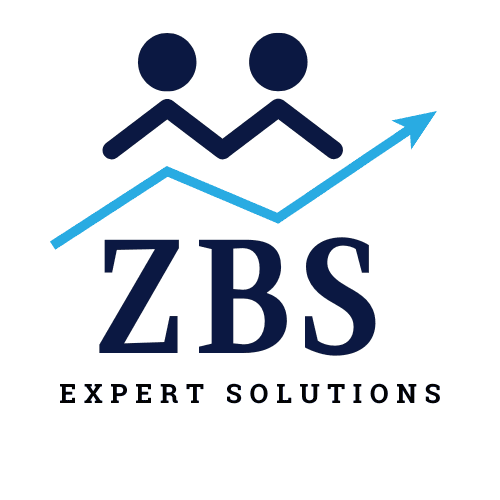
In today’s rapidly evolving digital landscape, businesses of all sizes are increasingly turning to SaaS solutions and cloud computing to streamline operations and stay competitive. While adopting cloud-based software has become standard practice, many organisations are now exploring multi-cloud strategies to maximise the benefits of using multiple cloud providers. This approach is redefining how companies access, manage, and deploy SaaS services to drive innovation and growth.
Understanding Multi-Cloud SaaS Strategies
A multi-cloud strategy involves using cloud services from more than one provider to avoid dependency on a single vendor and to leverage the unique strengths of each provider. When combined with SaaS solutions, multi-cloud strategies allow businesses to utilise a diverse range of cloud-based software that best suits their specific needs.
This approach is particularly advantageous in an era where businesses demand flexibility, scalability, and enhanced security. Instead of relying on a single cloud environment, organisations can mix and match providers to create a tailored solution.
Key Benefits of Multi-Cloud SaaS
1. Increased Flexibility and Choice
Different cloud providers excel in different areas. For instance, one might offer better AI capabilities, while another might specialise in robust data storage solutions. By adopting a multi-cloud approach, businesses can select the best services from each provider to meet their unique requirements.
2. Enhanced Resilience and Risk Management
Relying on a single provider can pose risks, including outages or data loss. A multi-cloud strategy mitigates these risks by ensuring business continuity and redundancy. If one cloud service experiences downtime, another can pick up the slack, keeping your SaaS services running smoothly.
3. Cost Optimisation
With access to multiple providers, organisations can compare pricing models and optimise their spending. This approach allows businesses to use cost-effective solutions for less critical workloads while allocating premium services to high-priority applications.
4. Improved Performance
Multi-cloud strategies enable businesses to deploy cloud-based software closer to their users, reducing latency and improving performance. This geographic flexibility ensures faster data delivery and a seamless user experience.
5. Customisation and Innovation
A multi-cloud approach encourages innovation by allowing businesses to integrate the latest tools and technologies from various providers. This agility enables organisations to stay ahead of the competition and quickly adapt to changing market demands.
Challenges of Multi-Cloud SaaS Strategies
While multi-cloud strategies offer numerous advantages, they also come with their own set of challenges:
- Complexity: Managing multiple cloud providers requires advanced technical expertise and robust systems to ensure seamless integration and interoperability.
- Security: Ensuring consistent security protocols across various platforms can be challenging. Companies must prioritise strong encryption, compliance, and regular audits.
- Cost Management: Without proper monitoring, using multiple providers can lead to unnecessary expenses. Businesses need clear cost allocation and monitoring strategies.
By addressing these challenges, organisations can fully capitalise on the potential of multi-cloud strategies.
How to Develop a Multi-Cloud SaaS Strategy
1. Assess Business Needs
Start by evaluating your business objectives and technical requirements. Identify the key applications, tools, and features you need to support your operations and growth.
2. Choose the Right Providers
Select cloud providers based on their strengths and how well they align with your specific goals. For instance, a provider specialising in big data analytics may be ideal for data-driven businesses.
3. Invest in Integration and Automation
Seamless integration between cloud platforms is crucial for efficiency. Automation tools can simplify processes like scaling, data synchronisation, and monitoring.
4. Prioritise Security and Compliance
Implement consistent security measures across all platforms and ensure compliance with industry regulations. Use advanced tools like identity management and encryption to protect sensitive data.
5. Monitor and Optimise
Continuously track performance and costs to identify areas for improvement. Regularly evaluate your strategy to ensure it aligns with changing business needs and emerging technologies.
The Future of Multi-Cloud SaaS Strategies
As the adoption of cloud-based software continues to grow, multi-cloud strategies will play an increasingly pivotal role in shaping how businesses operate. Advances in AI, machine learning, and automation will further enhance the integration and functionality of multi-cloud environments.
For Australian businesses, the rise of SaaS services and cloud computing provides an unparalleled opportunity to leverage technology for growth. By adopting a multi-cloud approach, companies can remain agile, scalable, and competitive in an ever-changing market.
Conclusion
Multi-cloud SaaS strategies represent the next frontier for businesses looking to maximise the benefits of SaaS solutions and cloud-based software. By leveraging the strengths of multiple cloud providers, organisations can unlock greater flexibility, resilience, and innovation.
Whether you’re a startup exploring new possibilities or an established enterprise seeking to optimise operations, embracing a multi-cloud approach is key to staying ahead in today’s digital-first world.





Comments
Pavithra
06.02.25 03:24 AMtesting purpose
Replyxxxx
05.02.25 07:39 AMgood
Reply